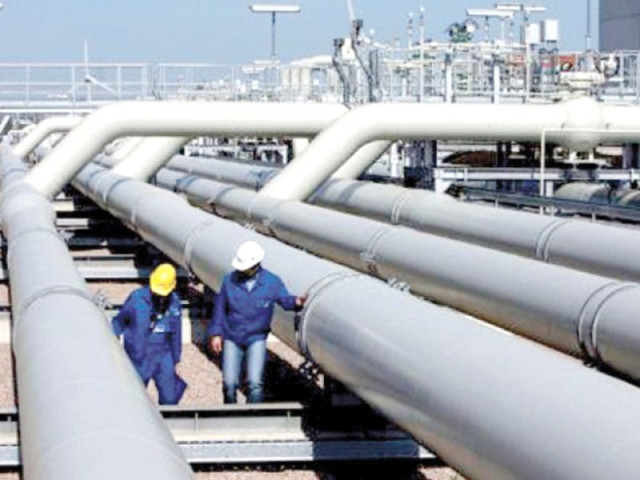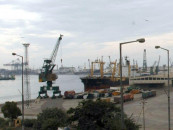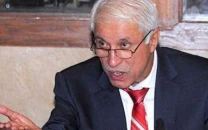Gas utilities: New guidelines may bring Rs20b in taxes, dividends
Ministry suggests money can be used to dole out subsidy in far-off areas.

Gas distribution companies will be able to contribute around Rs20 billion to the national coffers in taxes and dividends if the proposed policy guidelines are implemented and the amount could be used to hand out subsidy to the poor living in remote areas, says the Ministry of Petroleum.
Talking to The Express Tribune, a senior official of the ministry said gas utilities – Sui Northern Gas Pipelines Limited (SNGPL) and Sui Southern Gas Company (SSGC) – would go bankrupt if the guidelines were not put in place, leading to a halt in supplies to the consumers.
“If the government does not adopt the policy guidelines, it will have to give subsidy to the utilities, which may be difficult after making a commitment to the International Monetary Fund that the country will cut its subsidy bill,” said the official, but asked not to be named.
In case the guidelines were implemented, the billions of rupees contributed in taxes and dividends could be used to subsidise the poorest living in areas that were not connected to the piped gas system, he suggested. “Otherwise, the money will end up in the pockets of the richest industrialists.”
He pointed out that the increase in gas prices was the result of a rise in wellhead gas rates and even if the guidelines were implemented, the total impact would be Rs35 per million British thermal units (mmbtu).
However, there would be no increase in prices for domestic consumers, who were enjoying subsidies.
“Of the eight million consumers of gas utilities, 7.8 million or 98% will be least affected. Only the affluent, primarily the operators of captive power plants, will bear the higher cost, but this will still be half the price of alternative fuel,” the official said.
Out of the country’s total population, only 28% receive gas. The rest are poor who consume kerosene oil and liquefied petroleum gas (LPG) for cooking and heating.
Citing an example, the official said, “a consumer who pays a gas bill of Rs275 per month, will be paying Rs4,800 if he uses kerosene oil or LPG. It is very unfair that the poorest are not getting their share of gas.”
He pointed out that the Oil and Gas Regulatory Authority (Ogra) had committed, time and again since 2010, it would conduct a study for the Unaccounted-for-gas (UFG) benchmark as well as for a new tariff system to deal with non-operating incomes.
“Companies cannot be forced to suffer because of failure of Ogra to carry out the study even after a lapse of four years,” he said.
The old benchmarks have failed to address the issues faced by the utilities as the situation has changed in the wake of law and order situation and expansion of the retail network of gas utilities.
In the guidelines, the petroleum ministry has proposed that the following should be provisionally allowed as gas sales volumes for the purpose of UFG benchmarking.
(i) Volume pilfered by unregistered consumers but detected and determined by the companies (ii) volume against the minimum billing amount charged from domestic consumers (iii) volume consumed in law and order-stricken areas and (iv) impact on UFG of the change in bulk-retail ratio using 2003-04 as the base year.
These measures have been proposed until Ogra completes its study on the UFG benchmark. The Economic Coordination Committee (ECC) of the cabinet in its upcoming meeting is expected to once again take up the matter for a decision.
Published in The Express Tribune, July 9th, 2014.
Like Business on Facebook, follow @TribuneBiz on Twitter to stay informed and join in the conversation.


















COMMENTS
Comments are moderated and generally will be posted if they are on-topic and not abusive.
For more information, please see our Comments FAQ